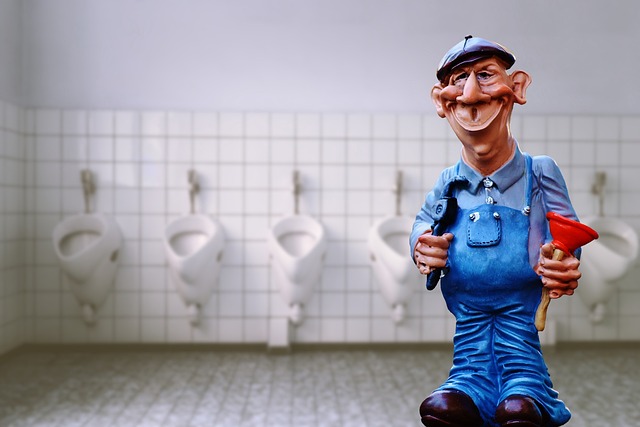Running toilets waste water and money. Identify common causes like faulty flush valves or worn flapper valves. Consult a plumber for diagnosis and professional repair to prevent further wastage. DIY fixes with tools like pliers and wrench are possible, but plumbers offer eco-friendly solutions saving hundreds of gallons annually.
A running toilet isn’t just an annoying noise; it’s a significant water waster, costing you money and contributing to environmental strain. As a plumber, we’re often called upon to fix these persistent issues. This article guides you through common causes, from flapper leaks to float problems, and offers step-by-step solutions for DIY repairs. By understanding how to address running toilets, you can save water, reduce utility bills, and potentially avoid costly plumbing services.
- Common Causes of Running Toilets and How to Identify Them
- Steps to Fix a Running Toilet: A Plumber's Guide
- Long-Term Benefits: Saving Water and Lowering Bills
Common Causes of Running Toilets and How to Identify Them

Running toilets are a common plumbing issue that can waste vast amounts of water and significantly impact your utility bills. Identifying the root cause is often the first step in fixing this problem. Common causes include a faulty flush valve, worn-out flapper valves, or problems with the fill valve assembly. A plumber can help diagnose these issues.
To identify a running toilet, look for consistent dripping sounds even when not in use, or a constant flow of water from the tank. The toilet may also exhibit an erratic flushing pattern or consistently run after each flush. These signs indicate a problem that requires professional attention from a plumber to prevent further wastage and ensure your toilet functions efficiently.
Steps to Fix a Running Toilet: A Plumber's Guide

A running toilet can be a common household issue, but it’s an easy fix for plumbers and homeowners alike to tackle. Here’s a simple guide for any do-it-yourselfer or professional plumber:
1. Locate the Problem: Start by identifying where the water is leaking. Check the tank and look for any signs of damage or wear. The most common culprits are a floating ball or a faulty flapper, which can cause continuous water filling.
2. Gather Tools: You’ll need some basic tools like pliers, a wrench, and possibly a new flapper or ball assembly. Make sure these parts are compatible with your toilet model before purchasing. A plumber’s friend is a tool designed to help remove the old parts safely.
Long-Term Benefits: Saving Water and Lowering Bills

Fixing a running toilet may seem like a small task, but it offers significant long-term benefits for both your wallet and the environment. A plumber can help identify the root cause of the problem, whether it’s a faulty flapper or worn-out parts, and provide efficient solutions to stop that constant water flow down the drain. By fixing a running toilet, you’re not only saving precious water—a resource that becomes increasingly valuable in today’s world—but also preventing unnecessary spending on your water bills.
Over time, these small fixes add up to substantial savings. A running toilet can waste hundreds of gallons of water each year, which translates to higher utility costs and increased environmental impact. By addressing the issue promptly, you’re reducing your household’s carbon footprint and ensuring that your water bills remain manageable. Plus, many modern plumbing solutions are designed to enhance efficiency without compromising performance, making it a win-win situation for both homeowners and the planet.
A running toilet not only wastes precious water but also inflates your utility bills. By identifying common issues like a faulty flapper or worn-out parts, and taking proactive measures, you can fix this problem yourself with minimal effort. Following the steps outlined in our plumber’s guide ensures efficient repairs, saving you both money and water in the long term. Embracing these fixes is not just beneficial for your wallet but also contributes to environmental conservation.
